The composition is typical of Prud'hon's neoclassical and sentimental style, with its chiaroscuro effects, soft light and delicate modeling. The canvas is well executed and faithful to the Louvre original, with beautiful finesse in the skin tones and draperies. Beautiful giltwood frame with channels, a loss at the bottom right.
The reverse of the canvas bears the stamp BLANCHET, a Parisian supplier known to be active in the first half of the 19th century, guaranteeing the antiquity of the support. Original stretcher frame with keys.
The Dream of Happiness, sometimes also called Love and Friendship, is a work by Constance Mayer, produced under the influence and collaboration of Pierre-Paul Prud'hon around 1819-1820. This painting is emblematic of the French romantic and sentimental imagination of the time. Mayer, a student and collaborator of Prud'hon, expresses all the gentleness and melancholy characteristic of her work.
The painting was exhibited at the Salon of 1819, shortly before the artist's tragic suicide. It was Prud'hon himself who oversaw the finishing of the work. The painting, now in the Louvre, perfectly illustrates the art of dreams and feelings in early 19th-century French painting, combining classicism, tenderness, and symbolism.
Constance Mayer (1775-1821) A student of Greuze and then Suvée, Constance Mayer was one of the few recognized female painters under the Empire and the Restoration. Sensitive to sentimental and allegorical subjects, she collaborated closely with Pierre-Paul Prud'hon, with whom she shared a studio and aesthetic. Her delicate and melancholic art is marked by the influence of nascent Romanticism. She met a tragic end when she took her own life in 1821, shortly before the completion of The Dream of Happiness.
Pierre-Paul Prud'hon (1758-1823) An exceptional painter and draftsman, Prud'hon is considered one of the masters of French pre-Romanticism. Trained in Dijon and Rome, he developed an original style combining classicism inherited from Antiquity with a romantic and poetic sensibility. His compositions, imbued with grace and mystery, are famous for their vaporous light and subtle chiaroscuro. He was protected by Empress Josephine and had a lasting influence on French painting of the early 19th century.
Dimensions with frame: 120x100 cm







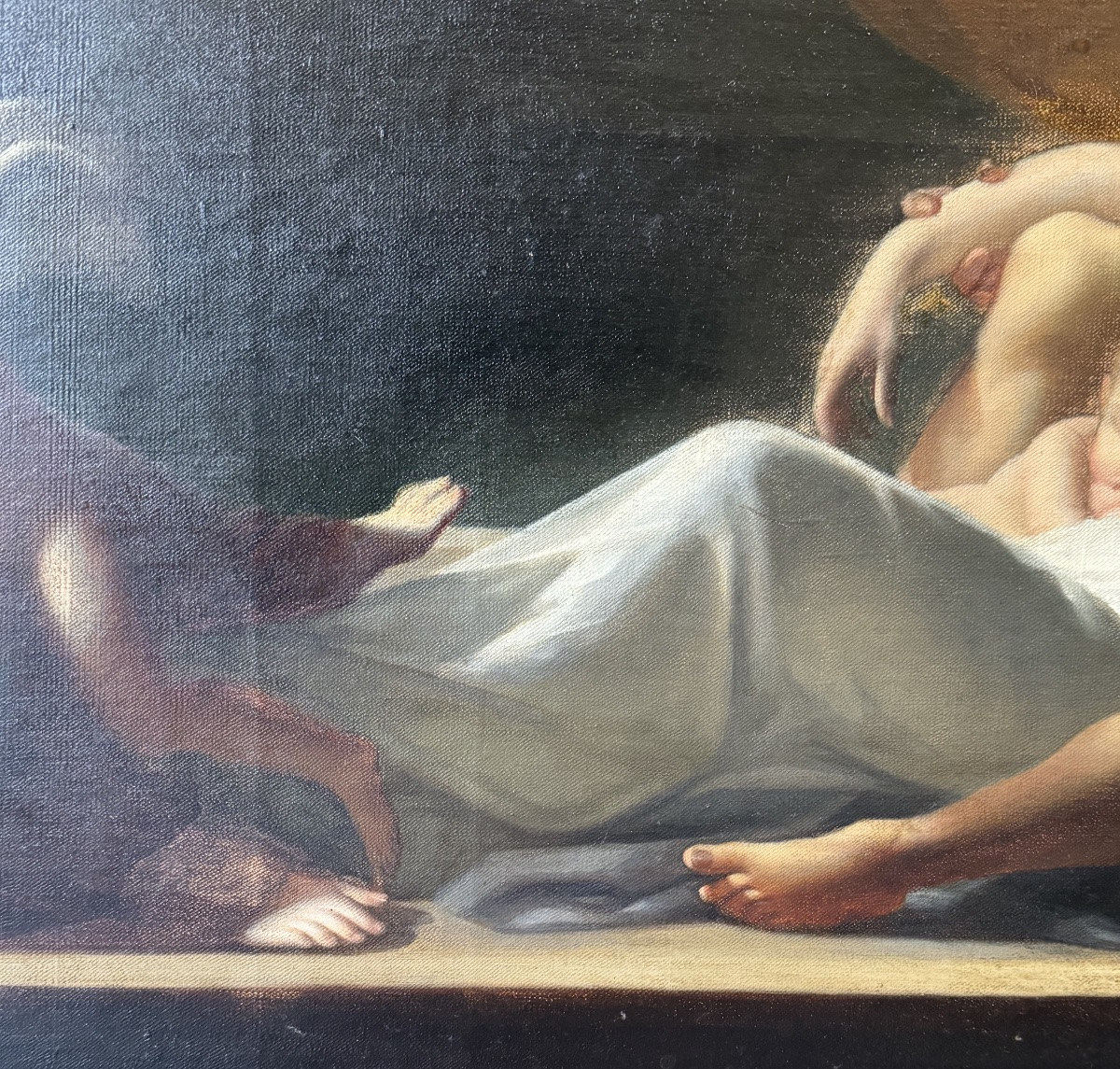


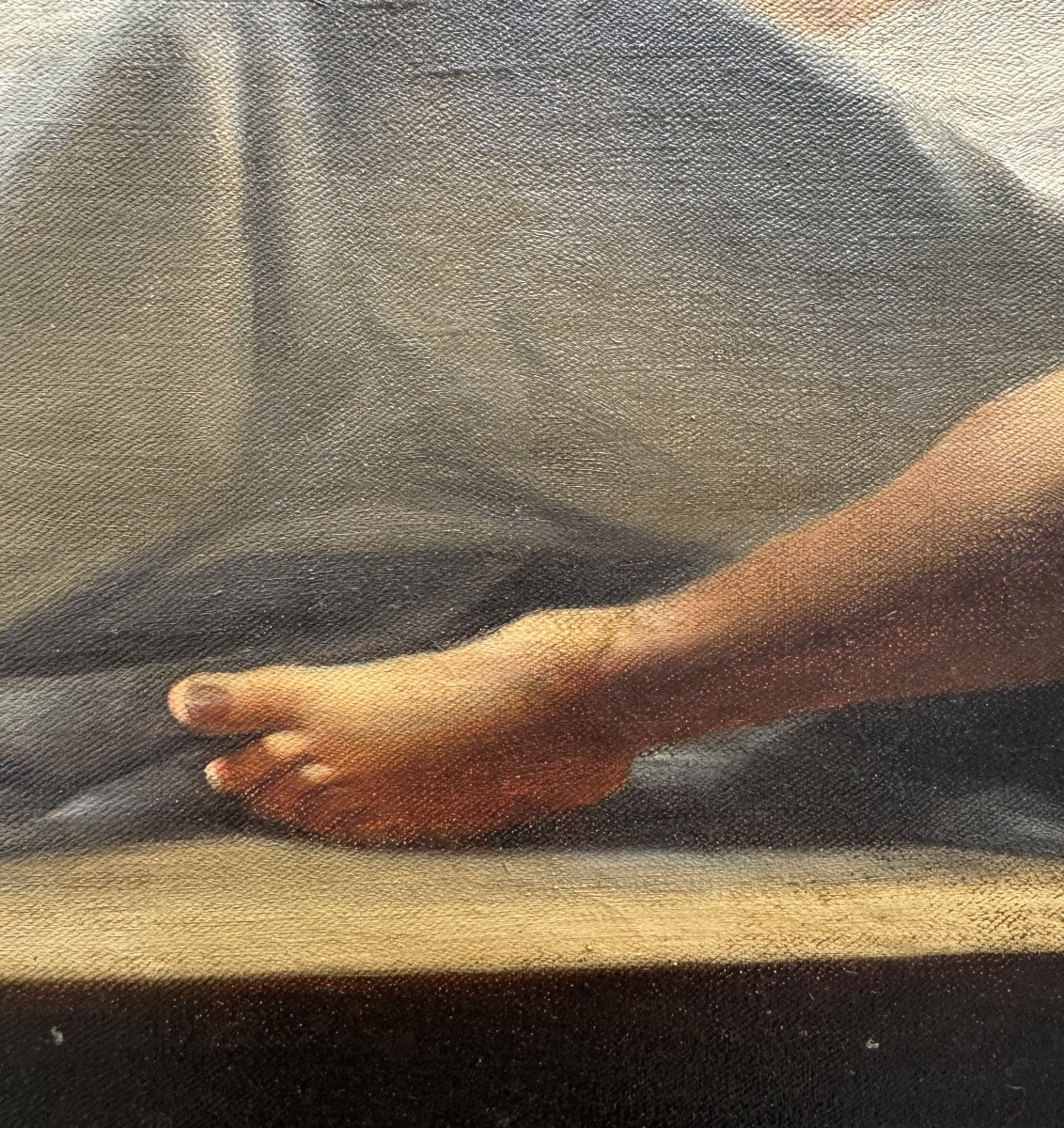











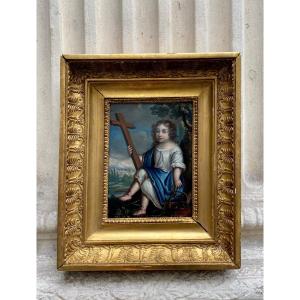



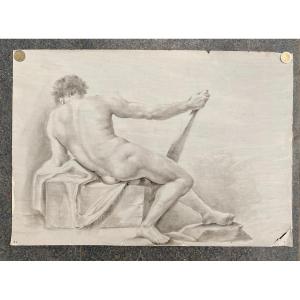

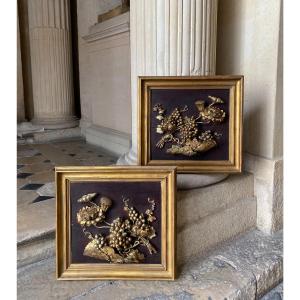




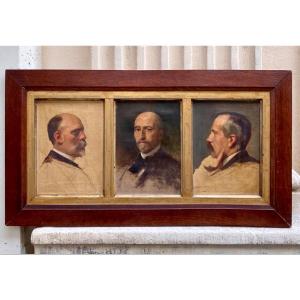

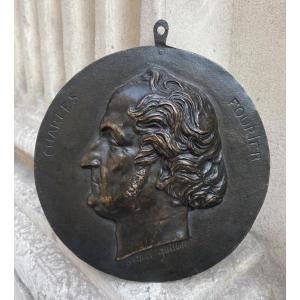








 Le Magazine de PROANTIC
Le Magazine de PROANTIC TRÉSORS Magazine
TRÉSORS Magazine Rivista Artiquariato
Rivista Artiquariato